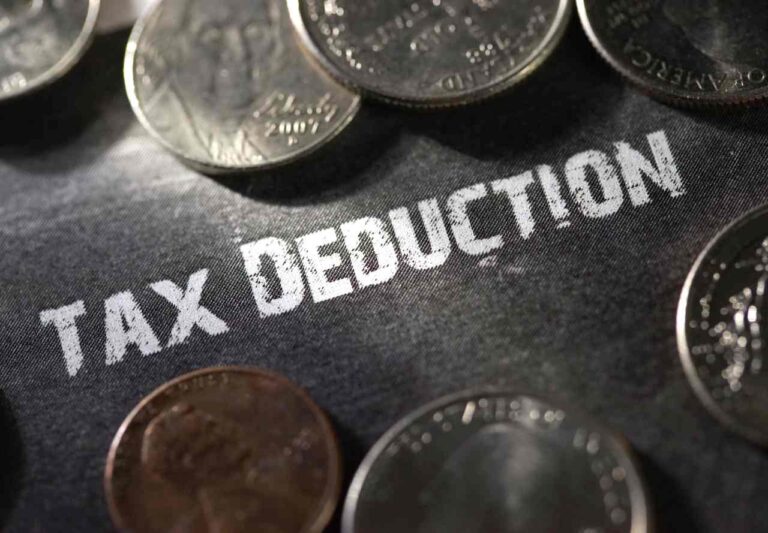TDS on Purchase of Property

TDS deduction certificate on Purchase of Property in Gurgaon
TDS (Tax Deducted at Source) on the purchase of property is a mechanism implemented by tax authorities to ensure the deduction of taxes at the time of property transactions. When an individual or entity buys immovable property, the buyer is required to deduct a specified percentage of the property’s value as TDS and remit it to the government. This TDS serves as an advance tax payment on the capital gains that the seller may incur upon the sale of the property.
Here are the key points to understand about TDS on the purchase of property in India:
- Applicability: TDS is applicable when an individual or a Hindu Undivided Family (HUF) purchases immovable property (other than agricultural land) from a resident seller. The buyer is responsible for deducting TDS at the time of making the payment to the seller.
- Threshold Limit: TDS is applicable if the transaction value of the property is Rs. 50 lakhs or more. The TDS rate is 1% of the total sale consideration.
- Time of Deduction: The buyer is required to deduct TDS at the time of credit of the amount to the seller or at the time of payment, whichever is earlier.
- PAN of Buyer and Seller: Both the buyer and the seller should have a PAN (Permanent Account Number). If the seller does not have a PAN, TDS will be deducted at a higher rate of 20%.
- Filing TDS Return: The buyer is required to deposit the deducted TDS amount to the government and file a TDS return using Form 26QB within the specified time frame.
- Challan Payment: The buyer can make TDS payment using Form 26QB through online or offline modes. Online payment can be made through the TIN-NSDL website.
- TDS Certificate: The buyer should issue a TDS certificate (Form 16B) to the seller. The TDS deduction certificate on purchase of property can be downloaded from the TRACES website.
If you are looking for a CA for TDS deduction services on Purchase of Property, You can contact ebex consulting for the same.
Depositing TDS (Tax Deducted at Source) on the purchase of property involves certain steps to ensure compliance with tax regulations in India. Here’s a step-by-step guide on how to deposit TDS on the purchase of property:
- Determine Applicability of TDS:
- TDS is applicable on the purchase of immovable property if the transaction value exceeds Rs. 50 lakhs. The buyer is responsible for deducting TDS at the time of making payment to the seller.
- Calculate TDS Amount:
- The TDS rate on the purchase of property is 1% of the transaction value if it exceeds Rs. 50 lakhs. Calculate the TDS amount based on the total consideration amount mentioned in the sale agreement or property registration document.
- File Form 26QB Online:
- The buyer needs to file Form 26QB online through the TRACES (TDS Reconciliation Analysis and Correction Enabling System) website or authorized banks. Provide details such as PAN of the buyer and seller, property details, transaction amount, and TDS amount.
- Generate Challan for TDS Payment:
- After submitting Form 26QB, generate the TDS payment challan for remitting the TDS amount to the government. The challan will contain details such as the TDS amount, assessment year, and other relevant information.
- Make TDS Payment:
- Use the generated TDS payment challan to make the TDS payment online through net banking or at authorized bank branches. Ensure that the payment is made within the specified due date to avoid interest and penalties.
- Receive TDS Certificate (Form 16B):
- After successful TDS payment, the buyer will receive a TDS certificate in Form 16B from the Income Tax Department. This certificate serves as proof of TDS deduction and payment and is required during property registration.
- Issue TDS Certificate to Seller:
- The buyer must issue the TDS certificate in Form 16B to the seller within 15 days from the due date of TDS payment. The seller can download the TDS deduction certificate from the TRACES website using their PAN.
- File TDS Returns:
- The buyer needs to file TDS returns in Form 26QB within the specified due dates. Provide details such as TDS deducted, PAN of buyer and seller, property details, and transaction amount.
- Retain Records:
- Keep all relevant documents, such as Form 26QB, TDS payment challan, TDS certificate (Form 16B), and acknowledgment of TDS return filing, for future reference and audit purposes.





